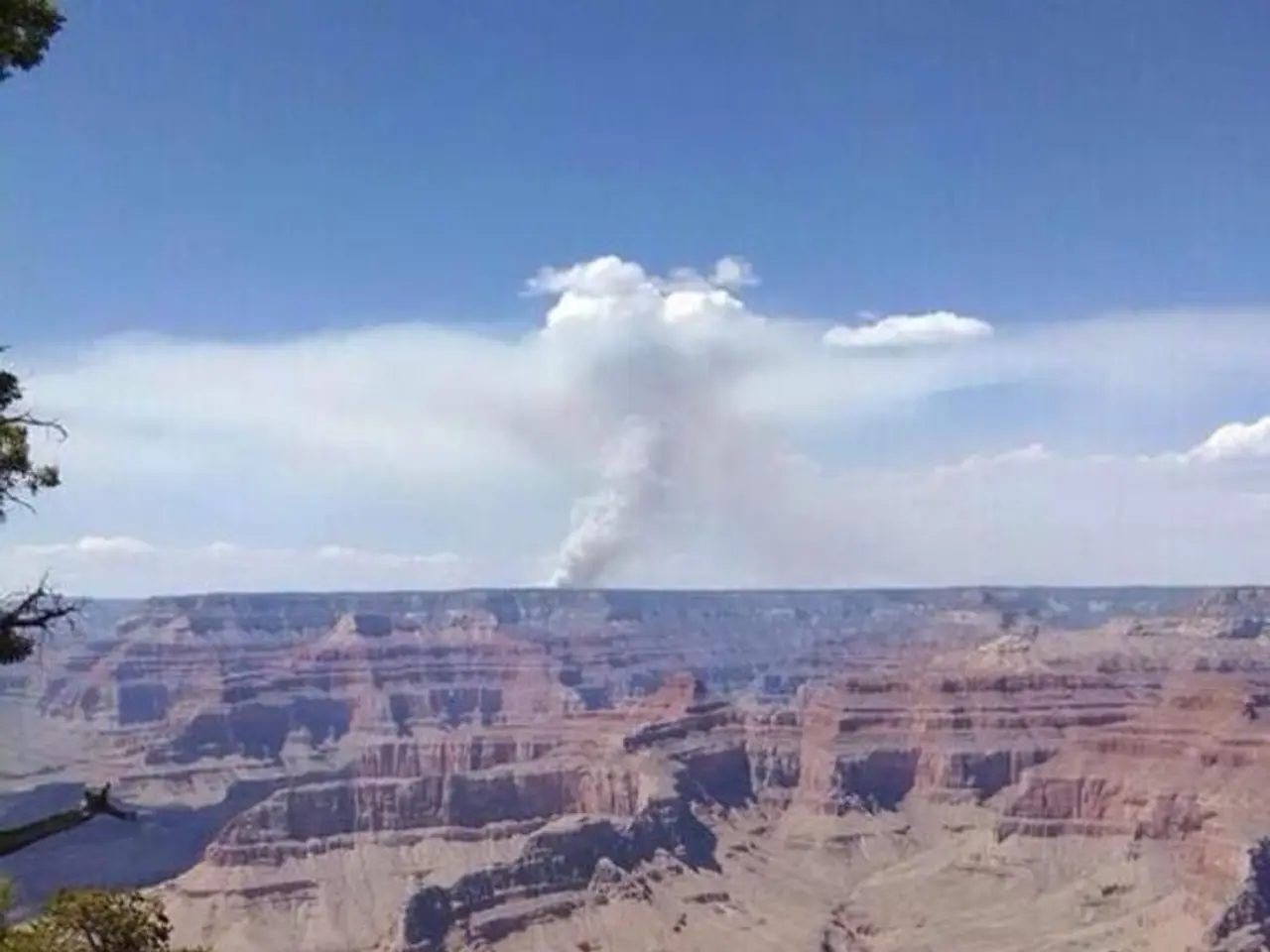Energy reserves, unseen and extensive, concealed beneath the American soil
Dig deep beneath the western United States, and you'll find a treasure trove of potential clean energy just waiting to be tapped. The United States Geological Survey (USGS) recently released a report suggesting that the Great Basin region, spanning Nevada, Utah, California, Idaho, Oregon, and Wyoming, could yield a colossal 135 gigawatts of continuous geothermal power.
To put that into perspective, the average US home uses about a kilowatt of electricity at any given moment. So, this energy reservoir could power close to 135 million homes on a steady basis – that's a significant chunk of the country's electricity needs.
Historically, geothermal energy has accounted for less than 1% of America's electricity. Most of it comes from conventional hydrothermal systems where heated water rises naturally through permeable rock. But the new USGS report paints a different picture, one where the heat is trapped in dense, impermeable rock layers miles below ground.
The key to unlocking this buried energy lies in enhanced geothermal systems (EGS). Engineers would need to drill deep – in some cases over 6km (3.7 miles) – and fracture the rock to allow water to circulate and absorb heat. Once heated, the water could be pumped back to the surface to generate electricity, providing a constant power source independent of the weather.
The USGS data suggests that the Great Basin has a history of geothermal activity, making it a prime candidate for EGS development. However, scaling up this technology remains a challenge. While pilot projects have shown promise, no commercial-scale enhanced geothermal plants are yet operational in the US.
The US Department of Energy is tackling this challenge through its Enhanced Geothermal Shot™ program, aiming for a 90% reduction in technology costs by 2035. If successful, geothermal energy could become a major cornerstone of America's low-carbon future.
As for risks, as with hydraulic fracturing, pumping water deeply carries the potential to induce earthquakes. But responsible development and regulation could help ensure safe and sustainable exploitation of these resources.
The USGS isn't stopping at the Great Basin. The next focus is the Williston Basin in North Dakota, another region with hidden geothermal potential. With continued technological advancement and careful deployment, geothermal energy could soon become a significant player in America's energy mix.
For those curious about clean energy sources, this discovery is a compelling step towards a greener future. But let's not forget the importance of responsible resource management. After all, natural resources aren't just about powering our homes; they also drive much of the nation's economy.
- Read more:
- Unearthed Energy: Massive Geothermal Power Source Discovered
- The Greenest Energy Source: A Comparative Analysis
- Nuclear Fusion Breakthrough: One Step Closer to Unlimited Clean Energy
- The Great Basin region, with its potential of 135 gigawatts of continuous geothermal power, could revolutionize America's energy landscape, significantly contributing to its electricity needs.
- Engineers are exploring enhanced geothermal systems (EGS) as a means to tap this buried energy, drilling deeply into dense, impermeable rock layers to unlock a constant power source.
- The US Department of Energy's Enhanced Geothermal Shot™ program aims to reduce technology costs by 90% by 2035, potentially making geothermal energy a major component of America's low-carbon future.
- Parallel developments are underway in the Williston Basin in North Dakota, another region with untapped geothermal potential, offering prospects for further expansion.
- Despite the promise, the scalability of this technology presents a challenge, with no commercial-scale enhanced geothermal plants operational in the US as of yet.
- Responsible resource management is crucial, for while this energy source could power millions of homes and contribute to the economy, it's also essential to mitigate potential environmental risks associated with deep water pumping and inducing earthquakes.




